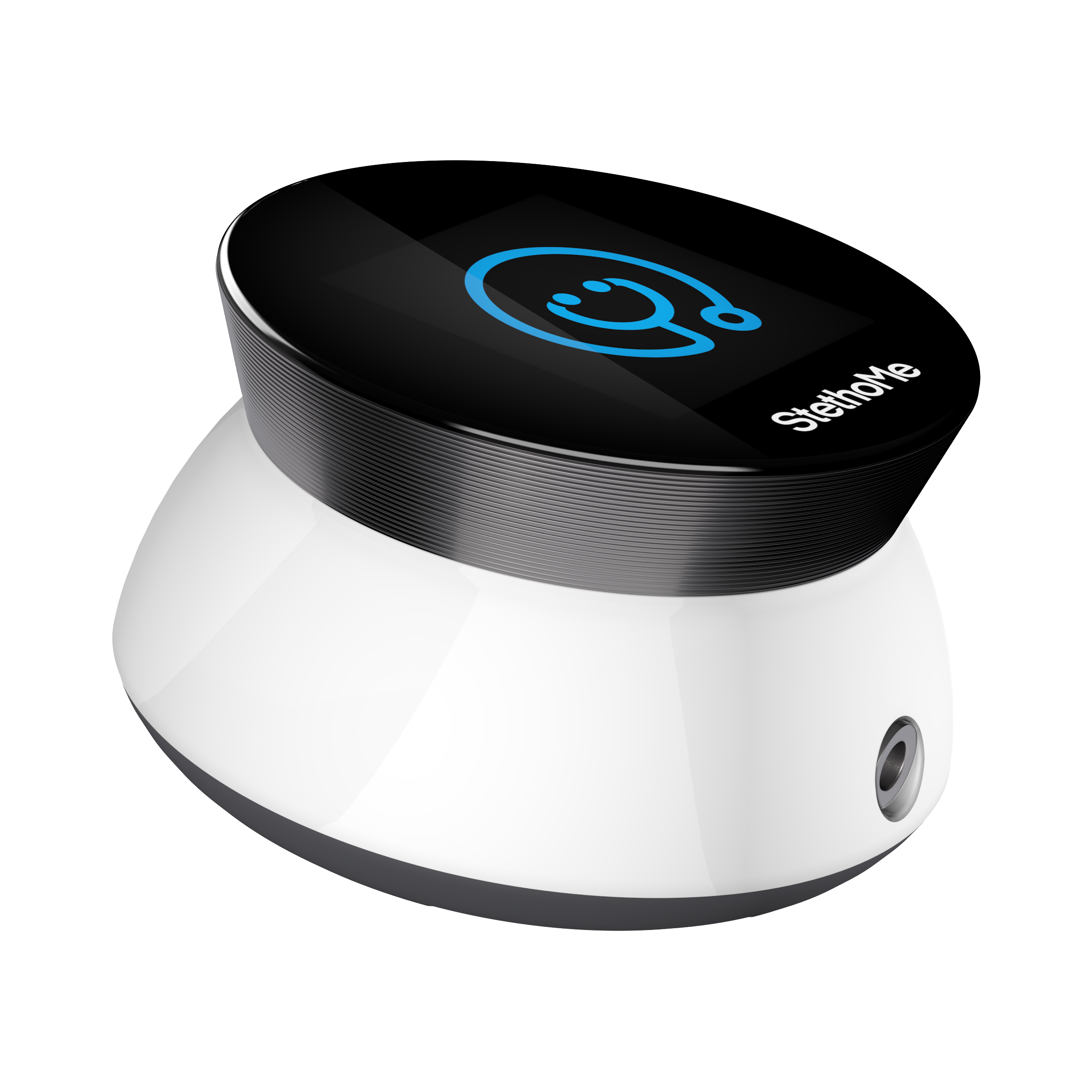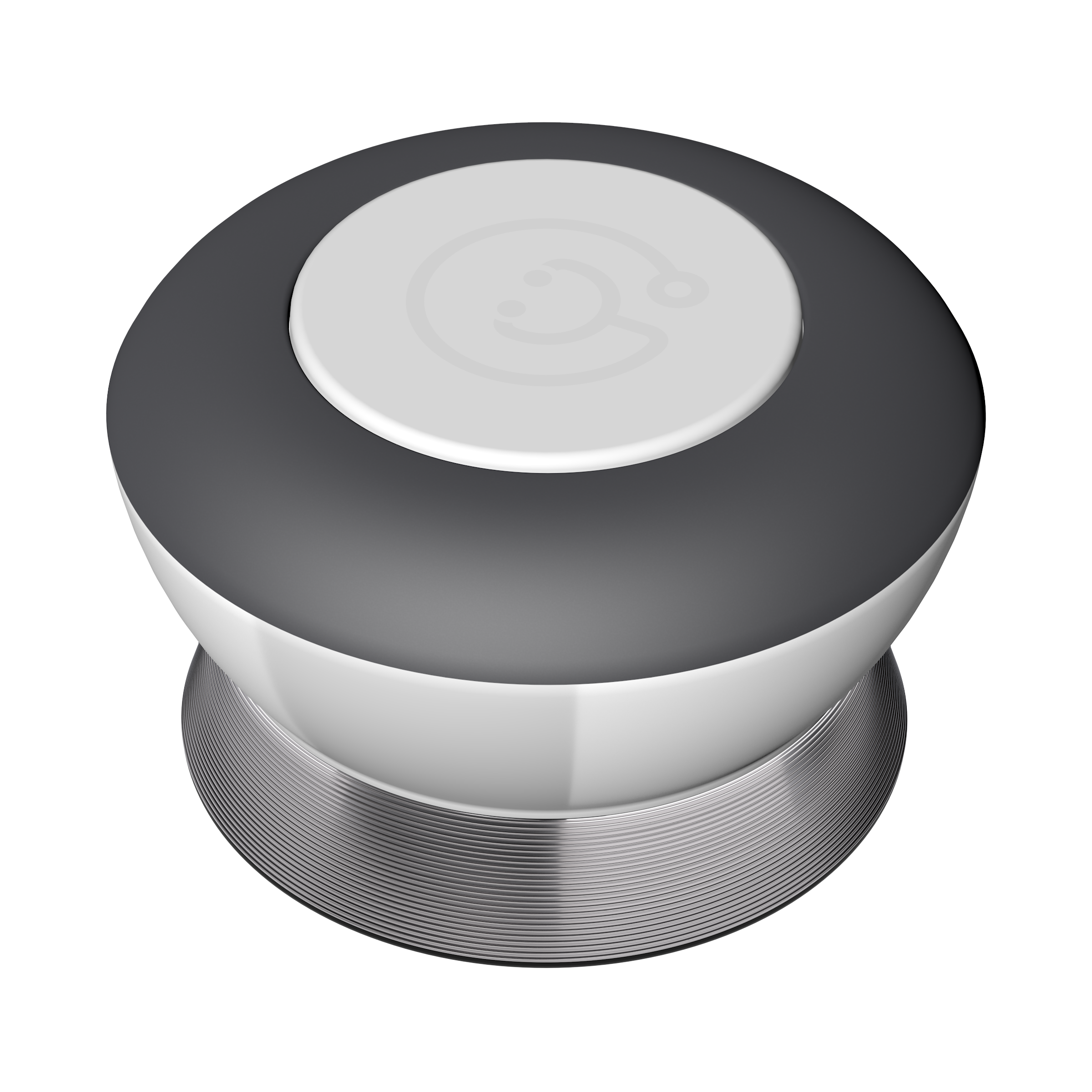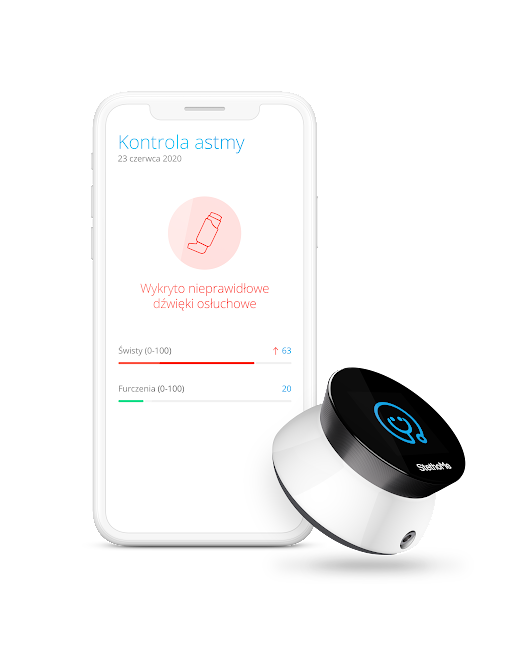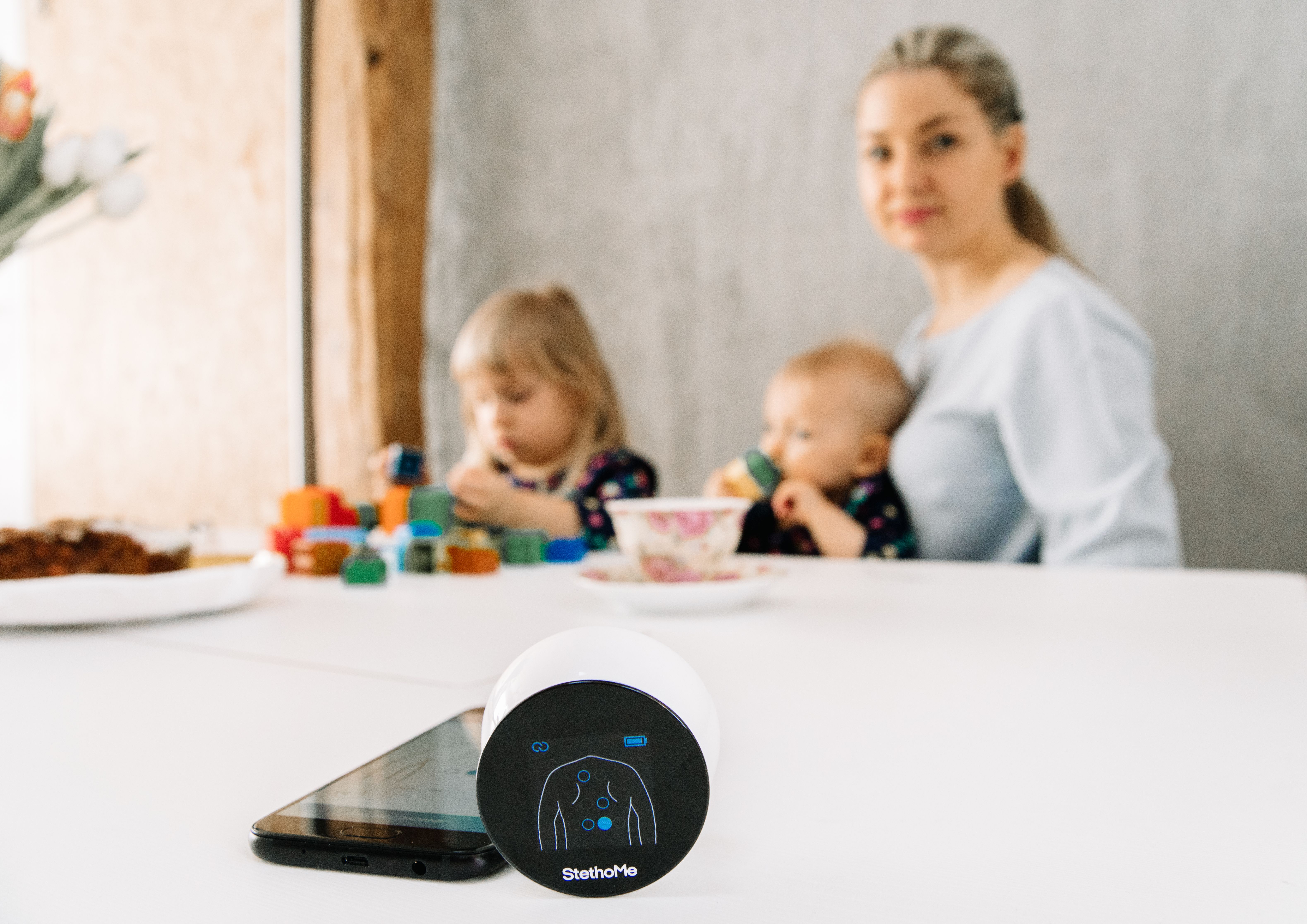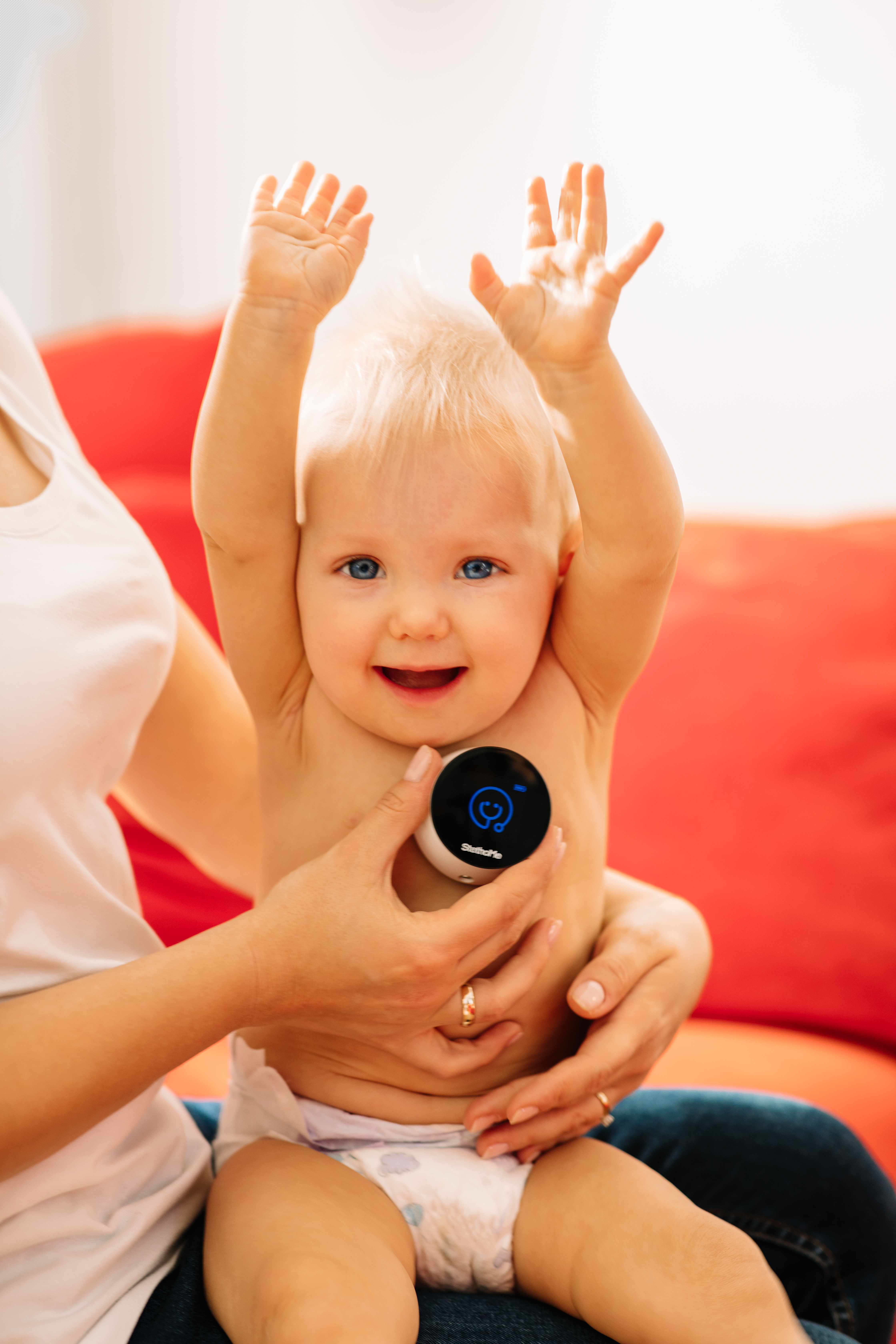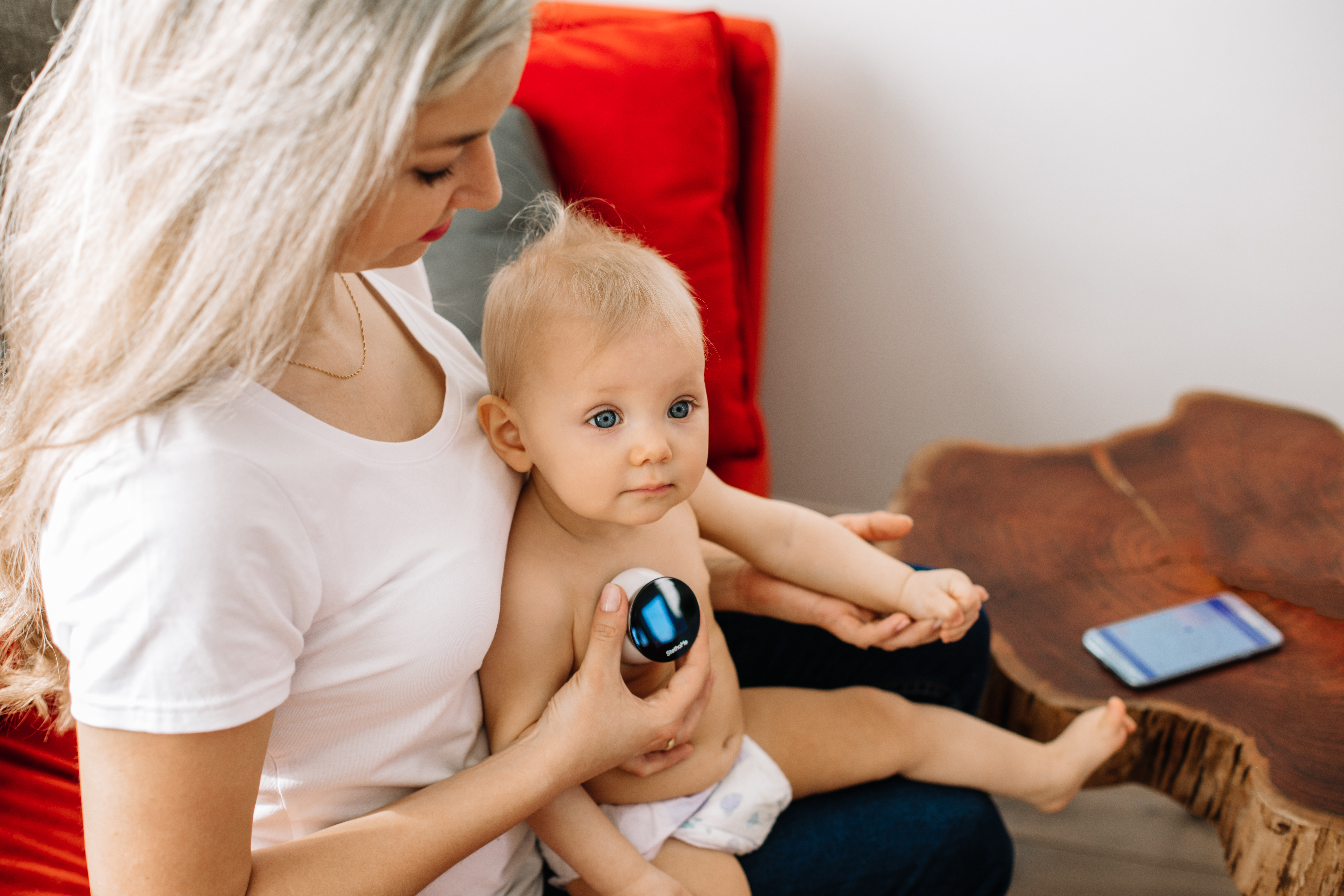StethoMe
The StethoMe system is based on artificial intelligence (StethoMe AI) that analyses and detects abnormal auscultatory sounds in the respiratory system

 Project title
Project title
A unique in the world technology for the identification and classification of sounds from auscultation carried out at home, using intelligent algorithms, as a support for remote diagnostics and monitoring of respiratory diseases.
 Name of Beneficiary/Beneficiaries
Name of Beneficiary/Beneficiaries
STETHOME sp. z o. o. (limited liability company)
 Name of programme
Name of programme
Intelligent Development Operational Programme
 Competition
Competition
Fast Path
 Project value
Project value
PLN 8 683 974.12
 Funding value
Funding value
PLN 6 123 333.16
Meet our team
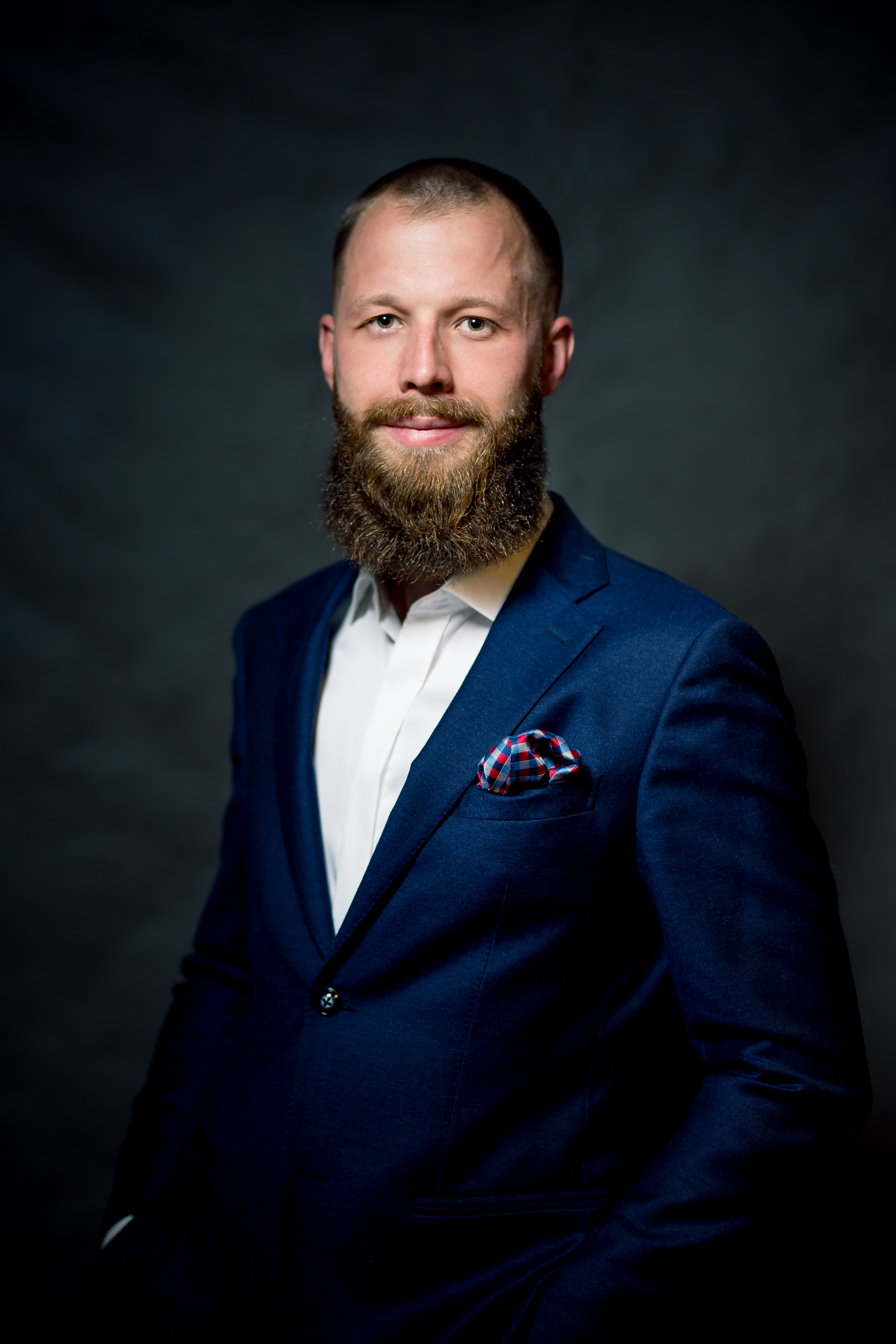
Strategist and project leader with over 13 years of experience in the IT industry. He successfully founded and managed Software House Programa.pl and three technology startups. He is also a co-founder of iTraff Technology - an image recognition technology used by companies such as Coca-Cola, EA and PepsiCo. Privately, a sports enthusiast - vice-champion of ATV Poland, marathon runner, triathlete, Enduro bike rides fan.
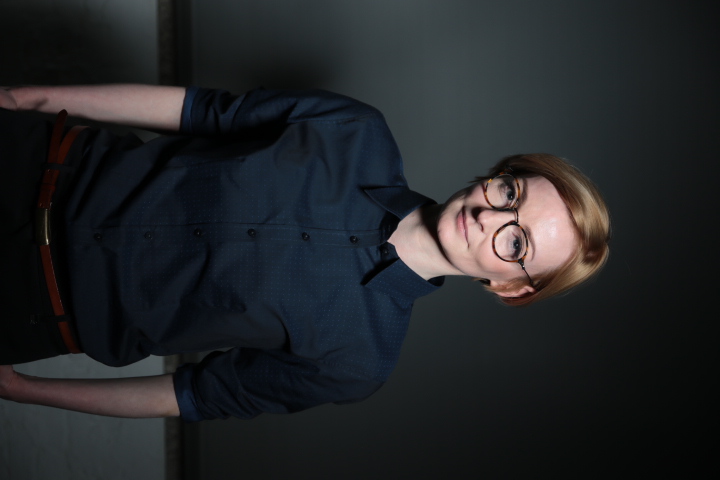
The originator of StethoMe® with over 15 years of experience in conducting interdisciplinary research projects. Innovator, an interdisciplinary person: PhD in biophysics, acoustician, psychophysicist, published over 30 scientific papers. TEDx speaker, winner of the Young Scientists Prize awarded by the European Acoustic Association (EAA) and the Rector's of the Adam Mickiewicz University Prize for discovering a new mechanism for processing audio information.

Project leader with over 13 years of experience in the IT industry. Specialist in the field of business development and project management. He participated in various global private sector brands projects.
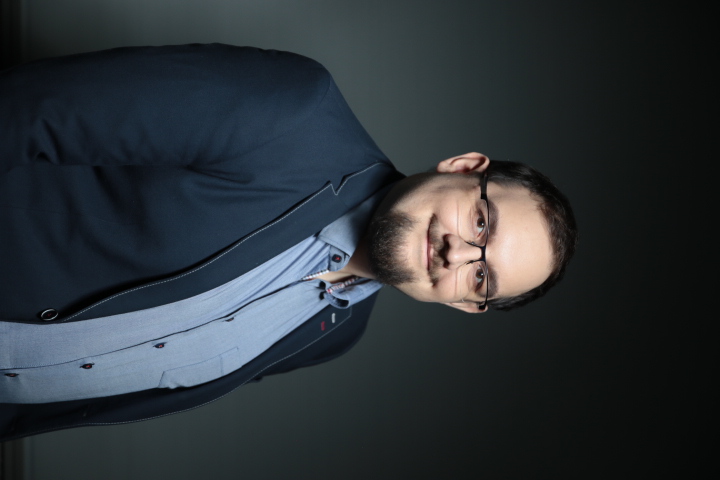
Over 10 years of experience in the IT industry. Specialist in the field of machine learning, Master of Computer Science, specializing in data processing technologies. He obtained PRINCE2, Cisco CCNA and IBM DB2 certificates. Finalist of the "Innovators under 35" competition in 2018.
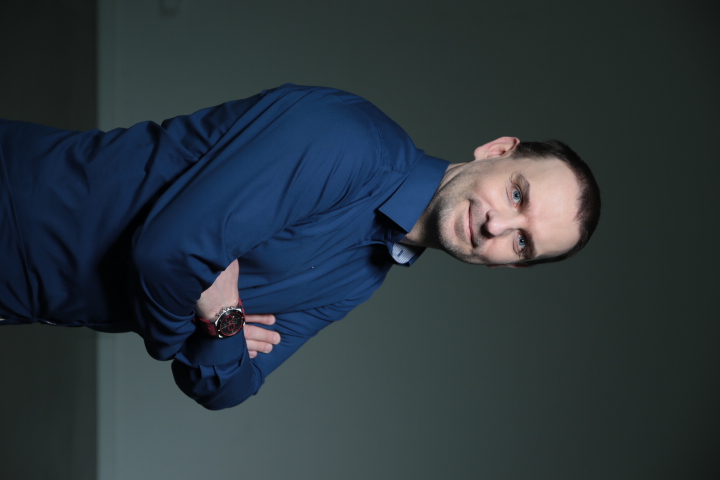
Auditor with ISO 13485 certificate, responsible for the company's quality management system. He has been conducting research for over 15 years, and also deals with legal issues in the medical equipment market. He has PhD degree in physics with habilitation in the field of biophysics. Lecturer, researcher and leader of scientific projects at the Adam Mickiewicz University of.
Currently, the StethoMe team consists of 28 people. Additionally, we collaborate closely with the physicians who support our research and product development.
What problem is addressed by the project?
The StethoMe system is based on artificial intelligence (StethoMe AI) that analyses and detects abnormal auscultatory sounds in the respiratory system. StethoMe enables professional auscultation at home. It immediately informs about the appearance of auscultatory abnormalities. It speeds up the necessary medical visits and eliminates the unnecessary ones. It makes it possible to send the results remotely, and also supports the physician in the diagnostic process by providing an objective auscultation.
Thanks to the implementation of the project, it is possible to:
- monitoring the health of the respiratory system at the patient's home,
- early detection of abnormalities, including sounds characteristics of pneumonia or bronchitis (fine and coarse crackles),
- detection of sounds characteristic of bronchial obstruction (wheezes and rhonchi), which enables better monitoring of diseases such as asthma,
- online transmission of auscultation results to the attending physician for further diagnosis,
- the possibility of regular lung health checks, thus preventing complications and optimizing the administered drugs in case of chronic diseases, creating a history of recordings and results saved in the cloud and consulting them with a physician.
For the first time in over 200 years, i.e. since the creation of the stethoscope, auscultation can be performed by a layperson at home, without the participation of a physician, and automatically analysed with greater sensitivity and specificity than in the case of classic auscultation.
Who uses the project results?
Considering our main target group - patients with asthma, according to WHO data, in 2019 asthma affected 262 million people and caused 461 000 deaths. It is also the most common chronic disease among children. The Global Burden of Disease study found that lower respiratory tract infections ranked 3rd in 1990 and 4th in 2010 among the main causes of death, while COPD was 4th in 1990 and 3rd in 2010. It seems that many of these deaths could have been avoided if an easily accessible and objective method of monitoring patient's condition and remote transmission of auscultatory data were available. The solution can be used by anyone who wants to monitor their lungs and, if in doubt, perform an auscultation at his/her home. The most important groups of patients for whom the benefits are the greatest are, in addition to patients with asthma, people suffering from cystic fibrosis, COPD, patients with frequently recurring respiratory infections, and patients who had COVID. StethoMe is also used in respiratory and infectious diseases wards, enabling the creation of digital documentation and wireless examination of the patient in protective suits. The current pandemic also shows how valuable is the capacity to send examination results remotely to a physician without the need to visit an outpatient clinic. The physician, in turn, gains the time and precision of the examination. He does not have to perform the examination himself, and the algorithms along with the visualization allow him to assess the patient's health.
What was the greatest challenge during project implementation?
To create the algorithms, a huge database of auscultation recordings with their description was needed. Collecting these recordings and developing a method of describing them so that AI could learn to recognize pathological sounds was a big challenge. It involved the entire team: acousticians, engineers, physicians, ML specialists, programmers. Currently, we have tens of thousands of recordings with medical descriptions, and it is a unique in the world database of auscultatory sounds with descriptions. In addition, the certification of the medical device was a particularly big effort, since no one in the world had done it before - detecting changes in the respiratory system by algorithms. A great challenge was to find, together with clinicians and a certification body, a clinical validation protocol that would confirm the effectiveness of this solution. Thanks to this, we can build trust in the medical community.
Our advice for other applicants
It is worth involving a wide group of experts at the project creation stage because later you will have to implement it all.
